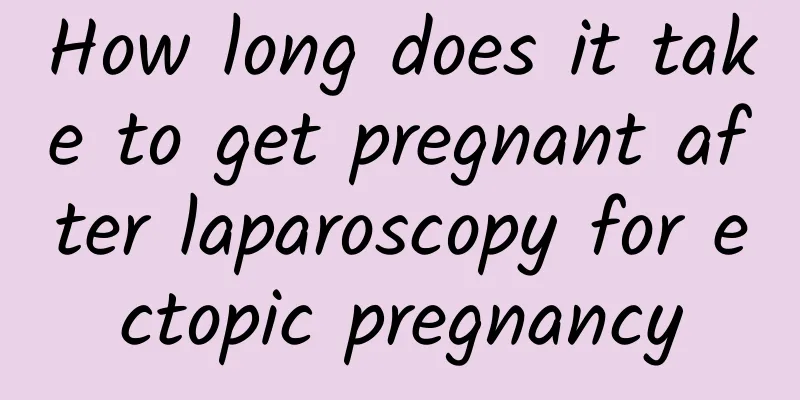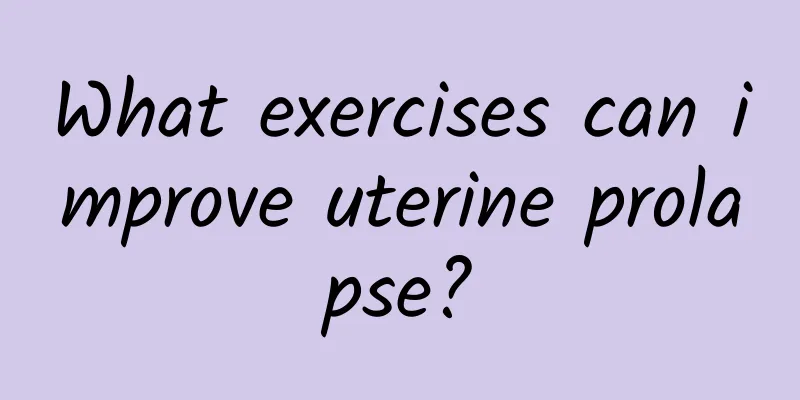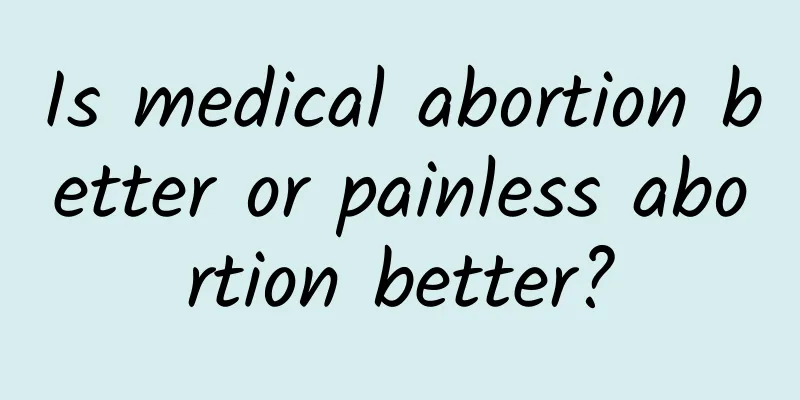How can I get polycystic ovary at the age of 18?

|
Ovarian health has always been a hot topic for female friends. Polycystic ovary is a common gynecological disease in women, and it is also one of the gynecological diseases that women fear the most, because polycystic ovary can pose a great threat to women's fertility. The causes of polycystic ovary are relatively complicated. Only by understanding the symptoms and causes of polycystic ovary can we take measures to prevent polycystic ovary in advance and avoid the difficult and long-term treatment process. Endocrine disorders The age range of polycystic patients is not large, generally they are female friends in adolescence and pregnancy and childbearing period, between 18 and 30 years old. Most of them are caused by endocrine disorders due to irregular work and rest, which affects the endocrine function of the hypothalamus-pituitary gland. Due to its dysfunction, the ovaries cannot ovulate for a long time. Therefore, it is very important for young and middle-aged people to go to bed early and get up early. Generally, female friends diagnosed with polycystic will be advised by doctors to sleep before 10:30. Hormone imbalance At present, many patients with polycystic ovary syndrome are caused by excessive male hormones due to abnormal factors in the body. Specifically, the hormone substances in the body cannot be controlled, and most patients show symptoms of high androgen, followed by a series of adverse symptoms and even masculine manifestations, such as vigorous hair, frequent adolescent acne, long duration, and difficulty in healing. Some patients even have symptoms such as Adam's apple and seborrhea, which seriously affect the patient's daily work and life. Family history According to the current literature, family genetic factors also account for a large proportion of polycystic ovary patients. The probability of mothers and sisters suffering from polycystic ovary in direct relatives of polycystic ovary is 24% and 32% respectively, which is much higher than the 5% to 10% incidence rate of the general population. Therefore, if there are direct relatives suffering from polycystic ovary, I hope that female friends who have irregular menstruation and excessive hair will pay attention to it and go to the hospital for diagnosis as soon as possible. The ovaries are reproductive glands that are easily invaded by diseases. Although the treatments for polycystic ovaries are now relatively complete, in order to avoid suffering from the disease, we still need to understand what polycystic ovaries are. The above three points are the causes of polycystic ovaries summarized by the editor. I hope it will be helpful to you. |
<<: Symptoms of Polycystic Ovarian Syndrome
>>: What are the symptoms of right ovarian polycystic disease?
Recommend
Work up some "manly sweat" and you'll get leaner and leaner the more you eat! How to burn fat comprehensively
The weather is hot, which is a great time to work...
Is the dark area of rectal fluid an ectopic pregnancy?
Ectopic pregnancy refers to ectopic pregnancy. Th...
Women should pay attention to the susceptibility period of pelvic inflammatory disease
As a common gynecological inflammation, pelvic in...
Slimming and pressing 2 acupoints to suppress appetite and burn fat
Most people don’t really know which acupoints are...
Which hospital is good for treating cervical erosion?
Cervical erosion is a gynecological disease that ...
What is Bartholinitis?
Bartholinitis, as the name suggests, is inflammat...
Is bilateral polycystic ovary serious?
The polycystic changes in both ovaries are more s...
What are the treatments for premature ovarian failure?
What are the treatments for premature ovarian fai...
Some symptoms are different in acute and chronic adnexitis
Some symptoms are different in acute and chronic ...
Analysis of pathological examination of papillary chronic cervicitis Brief description of the method of examining chronic cervicitis
Early stage papillary cervicitis is not a serious...
How to prevent dysmenorrhea
Many female friends suffer from dysmenorrhea due ...
Patients with pelvic inflammatory disease should be cautious when taking antibiotics
Many patients with pelvic inflammatory disease ho...
What impact will the complications of cervical erosion have on patients?
Many women with cervical erosion are most worried...
Shengdi Bamboo Leaf Porridge can assist in the treatment of severe cervical erosion
Patients with severe cervical erosion often exper...
You can't afford it! Hidden dangers of fat in diet
Your baby always stuffs snacks into his mouth one...









